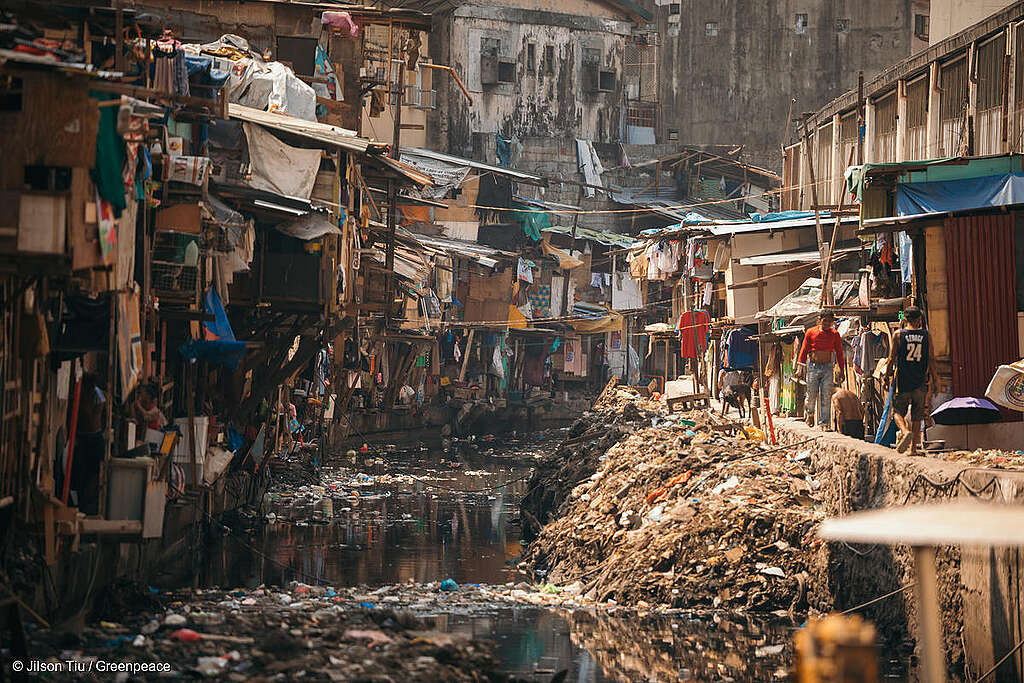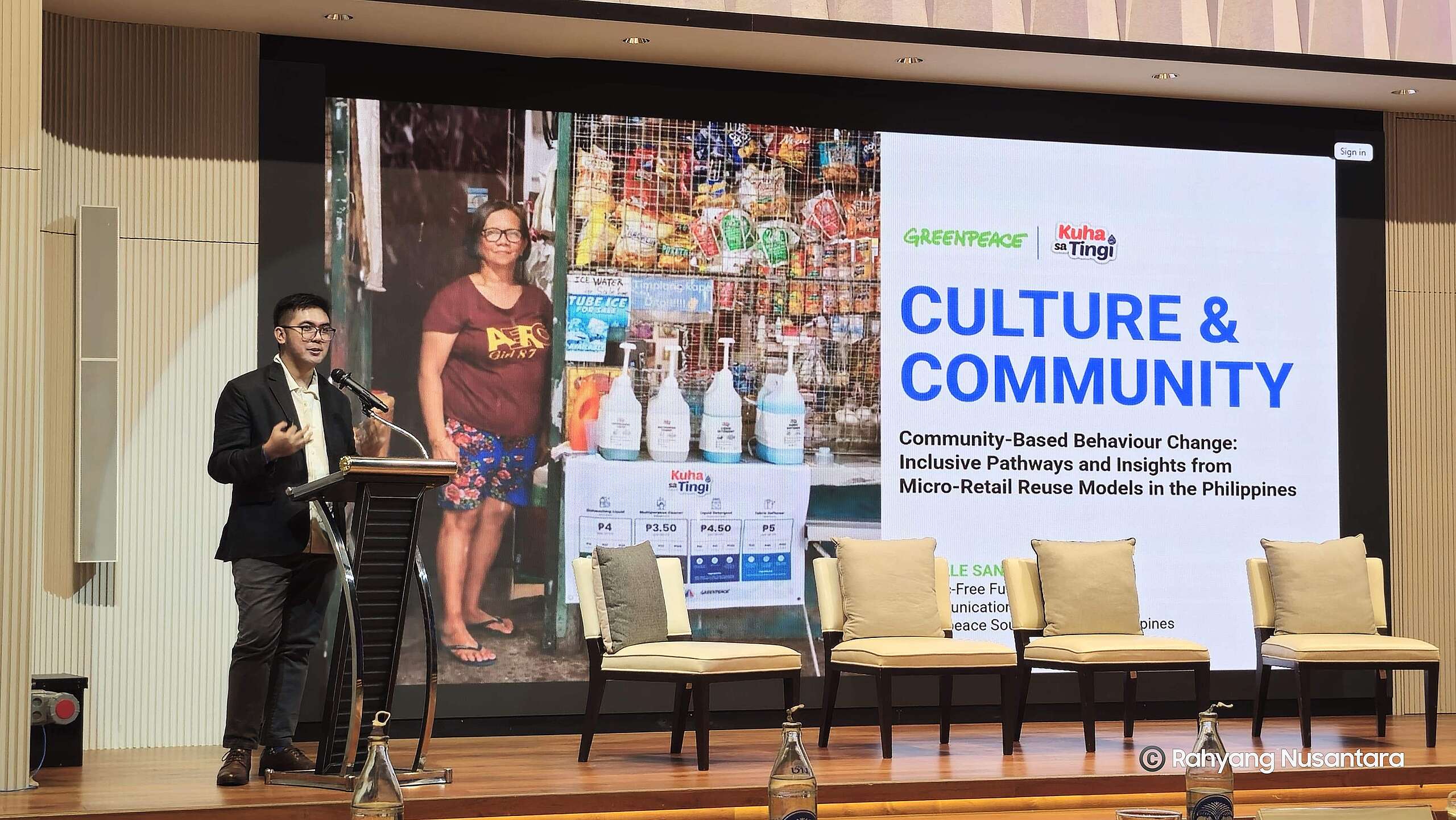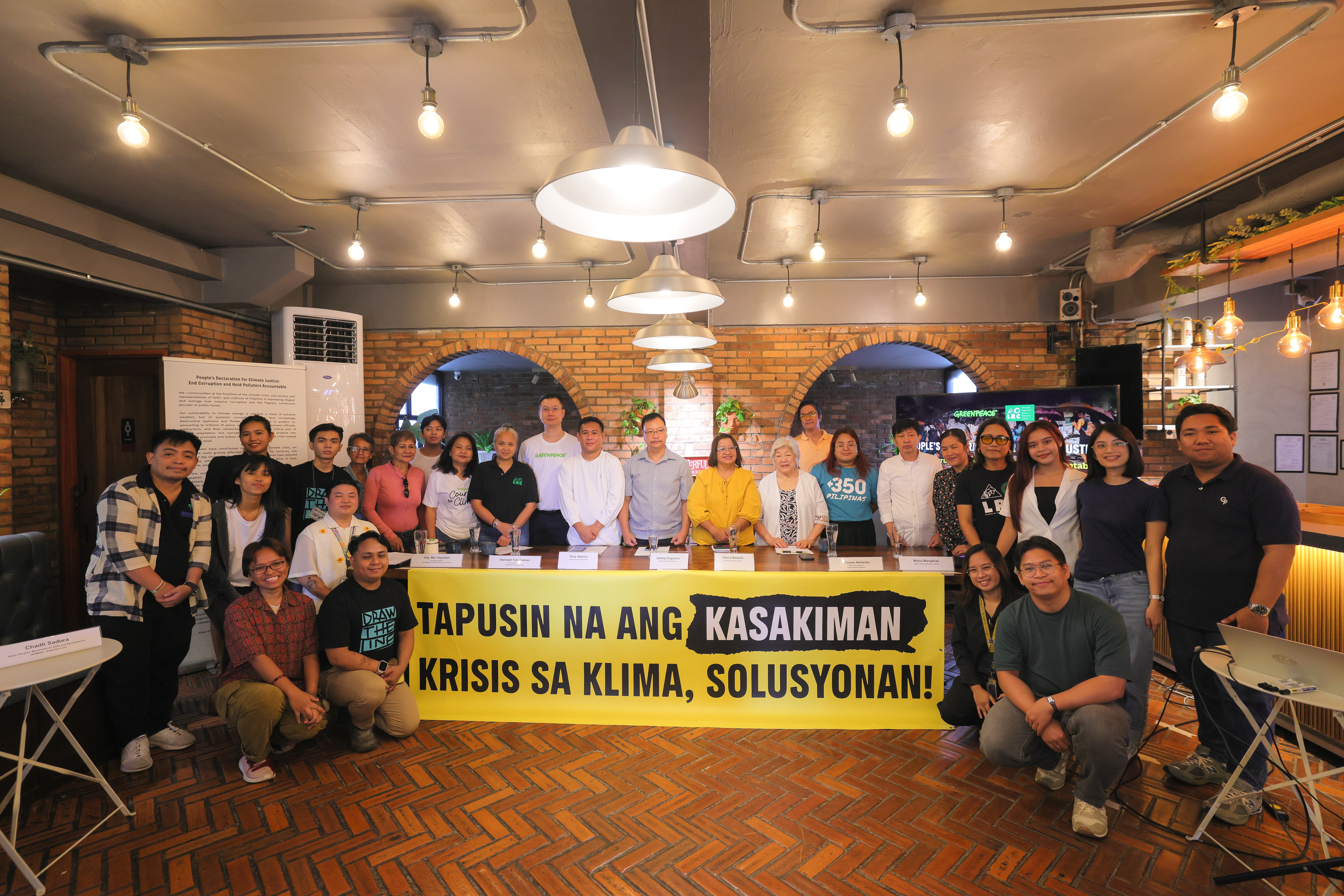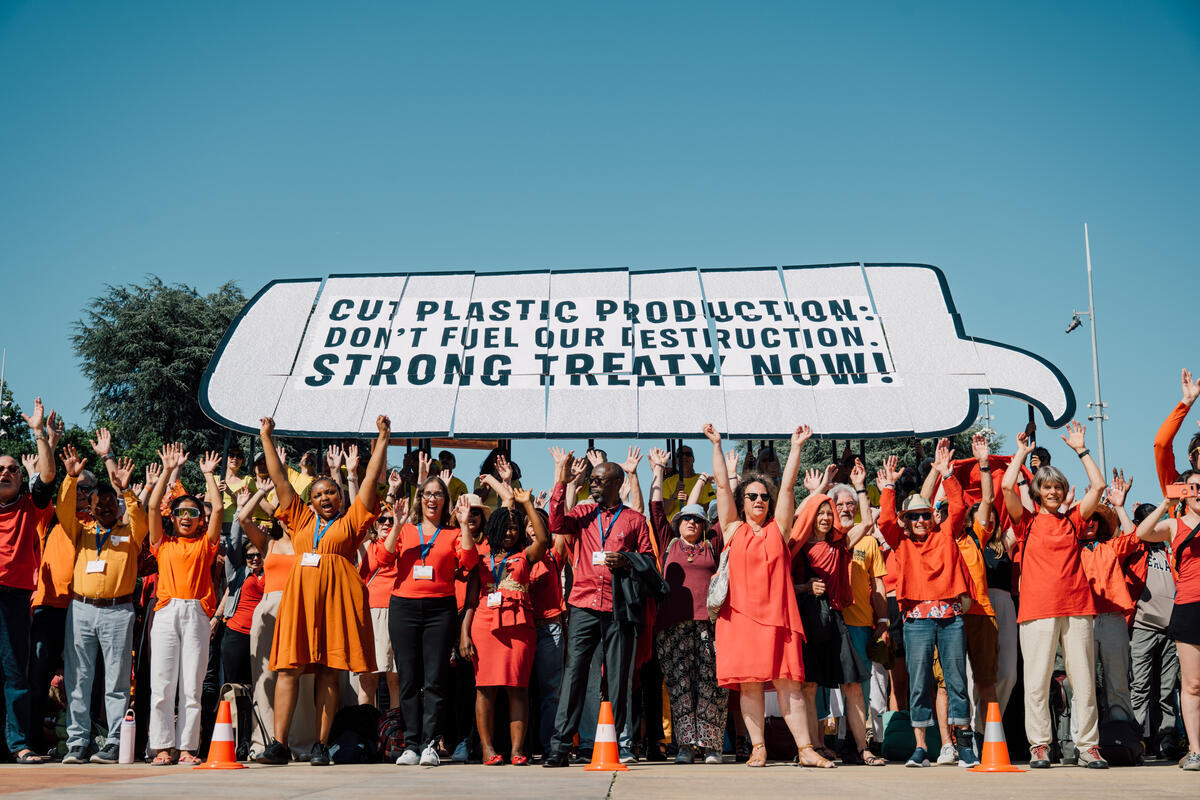
In this day and age, it seems impossible for any of us to live without the use of plastics. The convenience it offers has made plastic an integral part of our daily lives. From the ubiquitous plastic bottles, cups, and straws accompanying our favorite beverages, to the packaging of snacks, skincare products, and even the clothes we wear, plastic has infiltrated every aspect. However, it’s important to note that plastics take hundreds of thousands of years to decompose.
Microplastics, which are minuscule fragments of broken-down plastic, can be found floating in the air and water, posing a risk when inhaled or ingested by both animals and humans. Like any other plastics containing hazardous chemicals, these particles can enter our bloodstream and digestive system, potentially leading to health risk.
Despite the undeniable convenience, we must acknowledge that in the Philippines, especially among low income communities, the reliance on “tingi” in the form of sachets is prevalent. Large corporations often label this culture as “pro-poor,” arguing that the availability of products in smaller packages allows affordability. The low cost and buyer convenience make these sachets particularly attractive for purchase and consequently, an even bigger problem for the environment.
It’s evident that this culture has become one of the major obstacles hindering the Philippines from achieving a plastic-free future.
Looking back, I recall a time from my childhood when I would accompany my cousins to buy Coca-Cola in glass bottles, similar to the current 1.5-liter plastic bottles. Back then, the bottles were made of glass and we could return them to the sari-sari store, receiving a deposit refund of about 2 pesos.
However, the present reality is that even the smaller Coca-Cola bottles, known as “sakto,” have transitioned to plastic, making the corporation the top global contributor to plastic pollution according to the Brand Audits. Numerous reports go beyond highlighting the issue as a mere litter and ocean problem, and dispelling the myth of recycling. A Greenpeace report emphasizes that nearly all forms of plastic cannot be recycled. Instead, refill and reuse systems emerge as the most sustainable solutions, particularly when the aim is complete transition from harmful single-use plastics to sustainable zero waste alternatives.
The recent collaboration between Greenpeace Philippines, Quezon City, and Impact Hub Manila further strengthens the case for reuse systems. Today, refilling stations in sari-sari stores are conveniently located in different barangays of Quezon City. This remarkable partnership demonstrates the potential for cities, communities, local governments, and businesses to address the single-use plastic problem by adopting business models centered around refilling systems.
As a college student informed about the worldwide plastic crisis, I carry a sense of guilt each day, recognizing the limits of my individual actions. I wholeheartedly support the widespread implementation of refill and reuse systems, envisioning a brighter and healthier future for the youth and forthcoming generations. However, without the active participation of big businesses and corporations in solidarity with scientists and environmentalists, our collective efforts will yield no fruitful outcomes.
With the Global Plastics Treaty on the horizon, I remain hopeful that a legally-binding agreement will be forged to address the plastic pollution crisis in underdeveloped and developing countries like the Philippines. Moreover, I am eager to see the recognition and adoption of refill and reuse systems as the solution to the prevalent use of single-use plastics nationwide.
###
Karen del Rosario is an intern of Greenpeace Philippines. She is currently taking up developmental studies in De La Salle University in Manila City.



